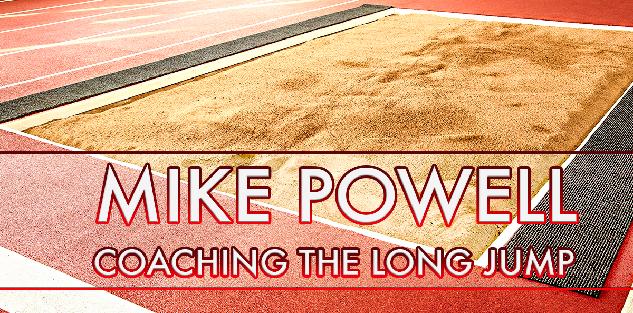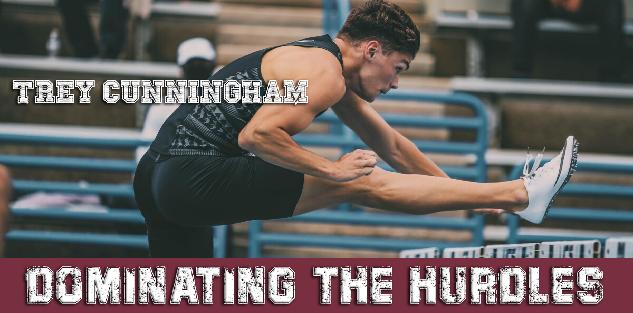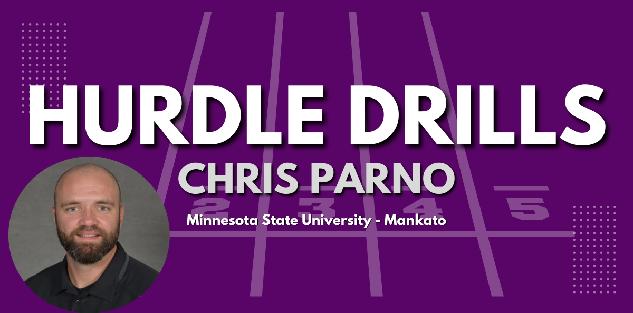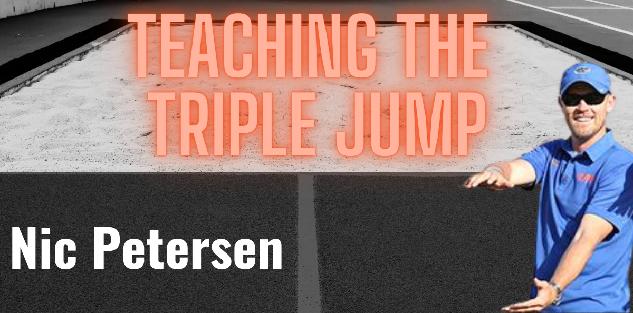Featured courses
- The Ultimate Guide to Coaching Track and Field by Jackson Chlebowy
- How TCU Coach Khadevis Robinson Builds Mental Toughness for Big 12 Track by William Markey
- Two Points of Focus When Coaching and Training Hurdles by Grant Young
- Four Keys to Maximize Winning Potential in a 400m Race by Grant Young
- Three Lessons Every Distance Running Coach Should Know by Grant Young
- Olympic Medalist Jasmine Moore’s Triple Jump Approach Technique Keys by Grant Young
- Build Strong Triple Jump Foundations with 3 Key Drills by William Markey
- Two Cues to Help With Track and Field Relay Handoffs by Grant Young
- Four Shot Put Drills to Help Develop Your Athletes by Grant Young
- Three Training Tips For Coaching 400m Runners by Grant Young
- Four Tips for Teaching the Javelin Throw by Grant Young
- 3 Pole Vault Check Points From Legendary Kansas Coach Tom Hays by Grant Young
- Two Valuable Hammer Throw Training Tips by Grant Young
- 3 Must-Try Offseason Shot Put Drills by William Markey
- Four Essential Tips For Coaching Track Relays and Sprints by Grant Young
- Florida Gators Coach Nic Petersen’s Two Keys for Teaching the Triple Jump by Grant Young
- Three Effective Drills for Improving the Long Jump by Grant Young
- Three Drills for Sprinters That Track Coaches Swear By by Grant Young
- Four Pole Vault Drills All Track and Field Coaches Should Know by Grant Young
- Explosive Track and Field Training to Level Up This Summer by Tyler Rathke
- Throwing Secrets: The Entry by Tyler Rathke
- How to Find an Endurance Athlete’s Proper Training Pace by Grant Young
- The Technique Behind Mykolas Alekna’s Discus World Record by Grant Young
- How to Build a Sprinter's Training Regimen by Grant Young
- How to Teach the Glide Shot Put by Grant Young
- Three Hurdle Drills All Track Coaches Should Know by Grant Young
- How Distance Running Coaches Can Get the Most Out of Their Athletes by Grant Young
- The Technique Behind Mondo Duplantis' Pole Vault World Record by Grant Young
- How to Coach Weightlifting For Increased Speed and Acceleration by Grant Young
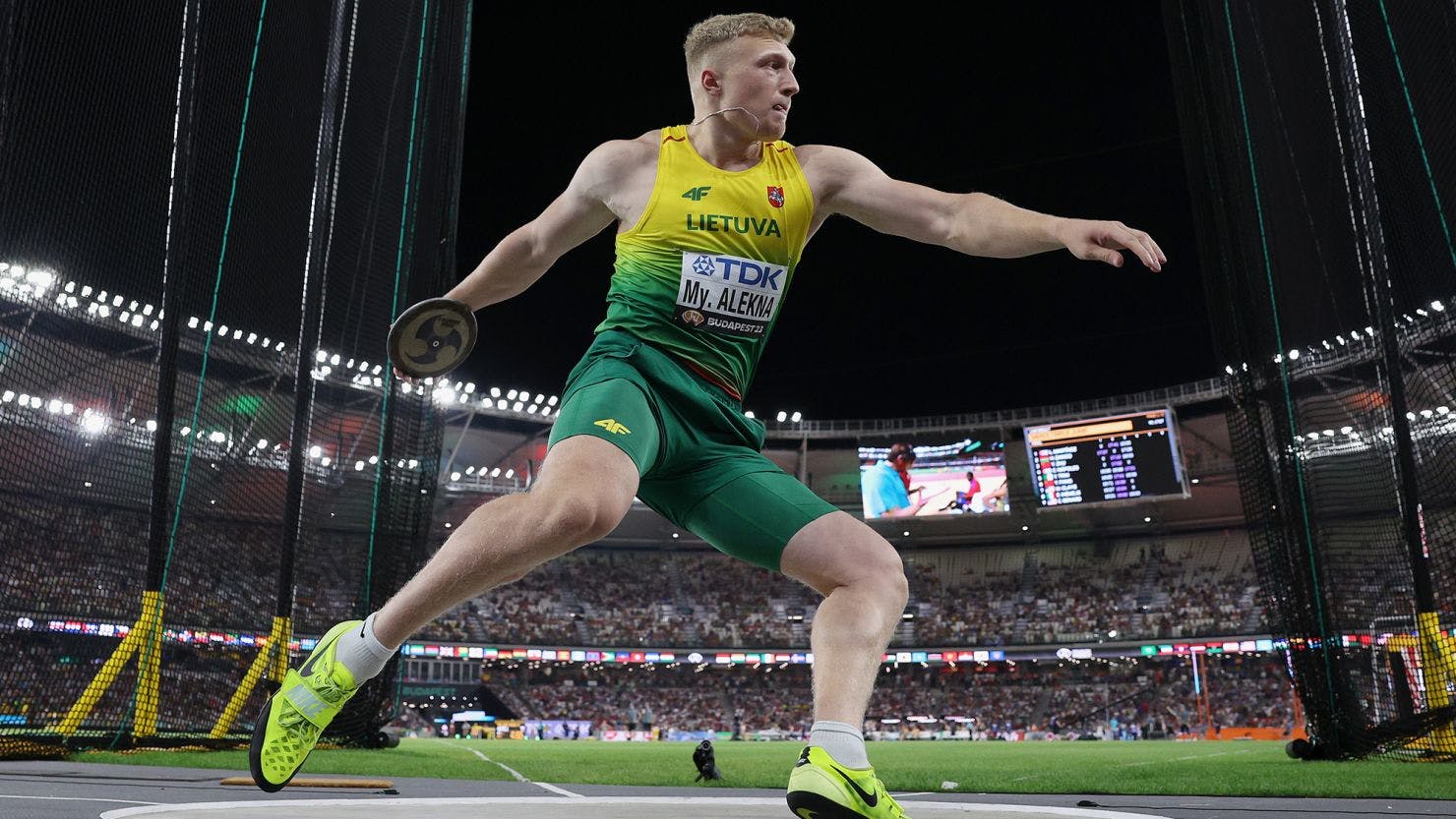
The Technique Behind Mykolas Alekna’s Discus World Record
- By Grant Young
Lithuanian discus thrower Mykolas Alekna broke a world record that had stood for four decadest/mondo-duplantis-pole-vault-paris-olympics-spt-intl/index.html">world record that had stood for four decades at the Oklahoma Throws Series World Invitational meeting on April 14.
Alekna’s throw of 74.35 meters surpassed the previous record of 74.08 meters, which was set by Germany’s Jurgen Schult’s in 1986. Before Alekna broke it, Schult’s throw was the longest-standing record in track and field, according to Olympics.com.
Alekna has long been considered a prodigy in the discus event. He was the youngest-ever European discus champion at age 19, and in 2022 threw the longest-ever discus mark by a teenager and fourth-best overall in the world. The US Track & Field and Cross Country Coaches Association (USTFCCCA) voted him West Region Men’s Field Athlete of the Year and First Team All-American during his first season at the University of California. He was the Pac-12 Men’s Field Athlete and Freshman of the Year, and finished his freshman season with 6 of the top 10 discus throws in NCAA history, including earning the all-time record.
Mohammad Saatara, Alekna’s coach at the University of California, spends over an hour breaking down Alekna’s world-record breaking technique in his ‘Mykolas Alekna Technical Analysis’ course. Sataara details the precise technical points that Alekna achieves with each throw, breaking down the world-record breaking form into easily digestible fragments that allows other discus coaches to teach this same technique to their own athletes.
Technical Points
In the ‘Technical Points’ section of Coach Sataara’s breakdown of Alekna’s discus technique, he breaks down the various different phases of the throw into six sections. Those sections are as follows:
DS1 - the initial wind and entry to the turn
SS1 - right leg pick up and movement to the center of the circle
Flight phase - transition from the entry to the middle of the circle
SS2 - right leg landing and rotation about the central axis until the landing of the left leg
DS2 - landing in the delivery position and delivery
Recovery - landing after the release of the discus
Coach Sataara notes how, when humans are throwing something, they can only put a lot of acceleration on to the throw when both legs are on the ground. This is because one side of the body becomes the axis of rotation, while the other side acts as the propelling half.
Coach Sataara said that this is important when it comes to discus technique because a thrower wants to be spending much more time both of their feet planted during the throw, rather than having one leg lifted or in the air.
Mykolas Alekna implements this idea exceptionally well. Prior to every one of his throws, Alekna enters a squatting position that grounds his feet into the earth. He then uses this to generate power and torque, which fuels him to and through his entire throw. Alekna would not be able to generate such power — and therefore, not produce such a pristine throw — if he spent any more time with his feet off the ground than he has to.
Technical Characteristics
In addition to his six technical points, Coach Sataara also lists five general points that he considers crucial to not only Alekna’s discus throw, but to every discus athlete.
These five points are:
1. Balanced movement throughout the throw
2. Long path of the discus through the throw
3. Deliberate increase in the tempo of the throw
4. Long duration of DS phases
5. Active acceleration of the discus about a stable blocking left side
Coach Sataara believes that perhaps the most important aspect of discus technique is that the thrower’s center of gravity has to be as close to (or over) the axis of rotation. Which is to say that balance must be achieved before anything else takes place during the throw.
If that center of gravity is not over the axis of rotation, crucial time and energy is spent making the body come to balance throughout the process of the throw. Coach Sataara explains how Alekna does an excellent job with this, and has been a vocal point of his technique throughout his life.
In addition, Coach Sataara explains that, when it comes to the discus throw’s delivery, it’s very important to, “have a really long path of movement. And also a long path of generating acceleration into the implementation.”
Mykolas Alekna having trained in the discus since he was a young boy, he was already well aware of these points, and knew how to implement them into his throws. Yet, when he came to the University of California and teamed up with Coach Sataara, his technique continued to be sharpened over time because he was extremely coachable and willing to learn.
Coach Sataara also knew that Alekna came to him with an excellent ability, and had clearly had good coaches before coming to college. Because there was a lot already working for him, Coach Sataara didn’t fiddle too much with Alekna’s mechanics, and instead honed his technique into an even better version of what it once was.
Strength Training
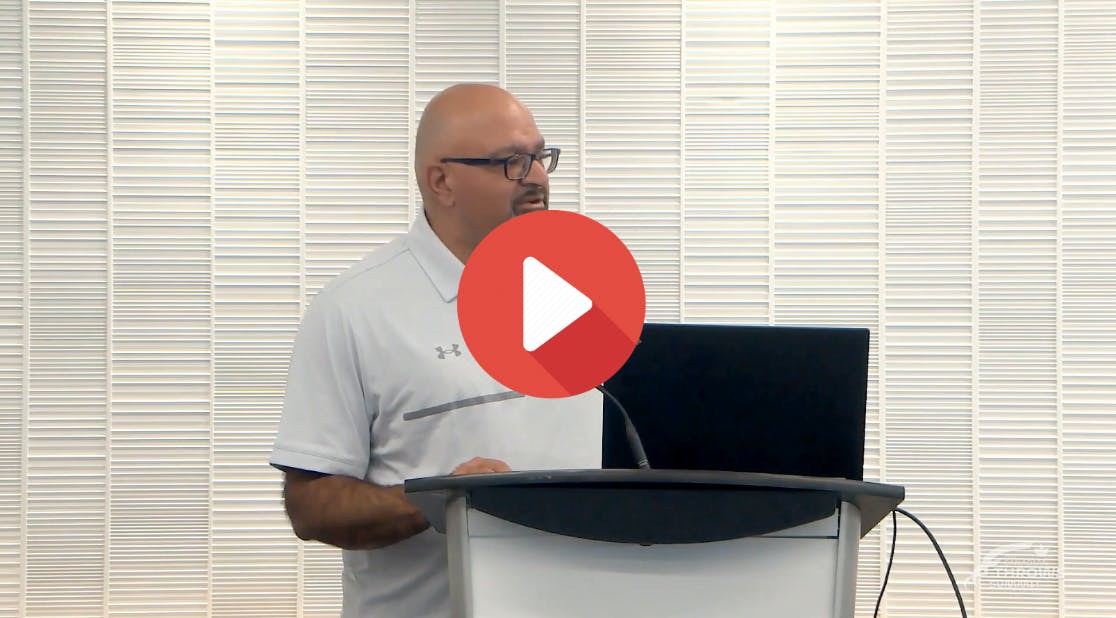
Another important point that Coach Sataara makes is that, while strength training is obviously important for discus throwers (and all other athletes, for that matter), the goal of strength training for discus should not to lift as heavy weight as possible. There’s a certain strength and weight threshold that a discus thrower needs in order to maximize their execution and efficiency, but any time spent trying to lift as heavy as possible in the weight room is time wasted, according to Coach Sataara. Because that time can instead be spent honing technique.
Instead of focusing on lifting extremely heavy, Coach Sataara instructs Alekna to focus on event-specific lifts and exercises. These sorts of exercises are catered specifically to discus throwers, and will both help increase one’s throw and help protect a young thrower from unnecessarily injury that may come from lifting weights recklessly.
Utilizing Coach Sataara’s instructions that he employs when coaching world record holder Mykolas Alekna might not mean that your pupil is going to break any world records. Yet, taking these techniques to heart and teaching them to your own pupils will help them get the most out of their natural discus throwing ability.

